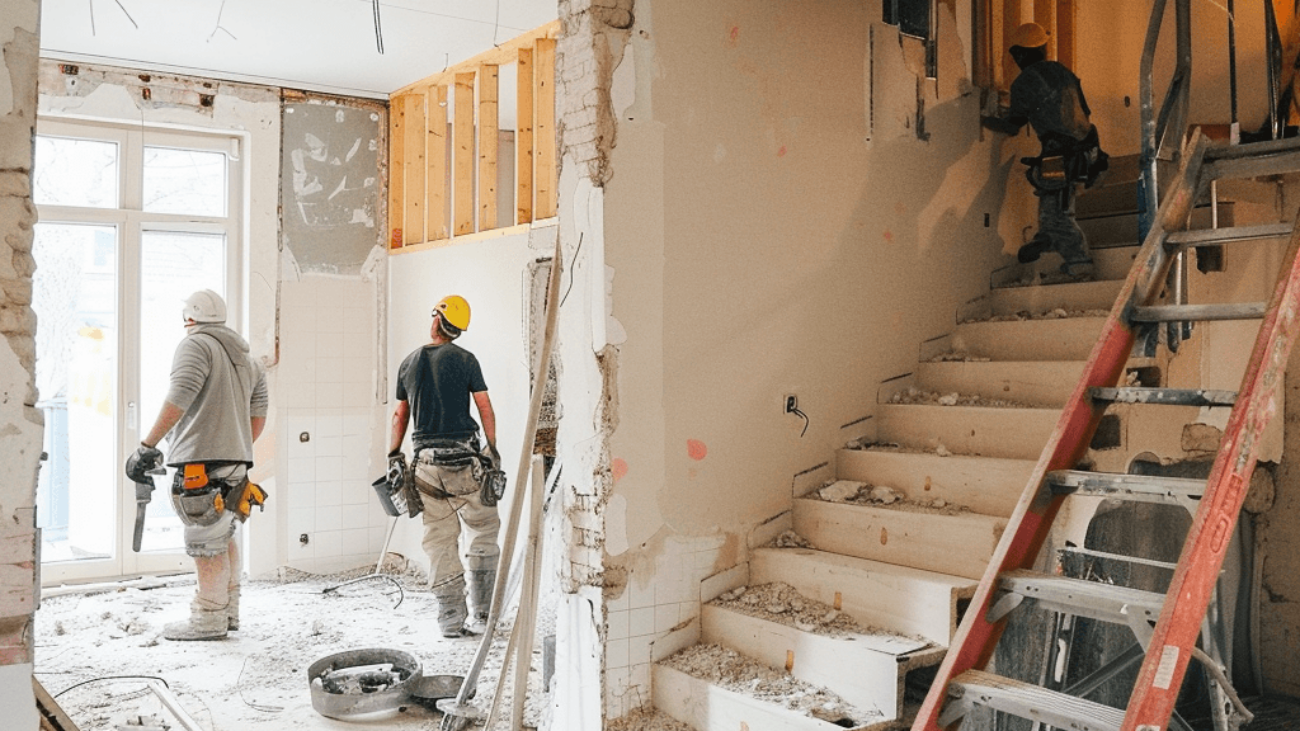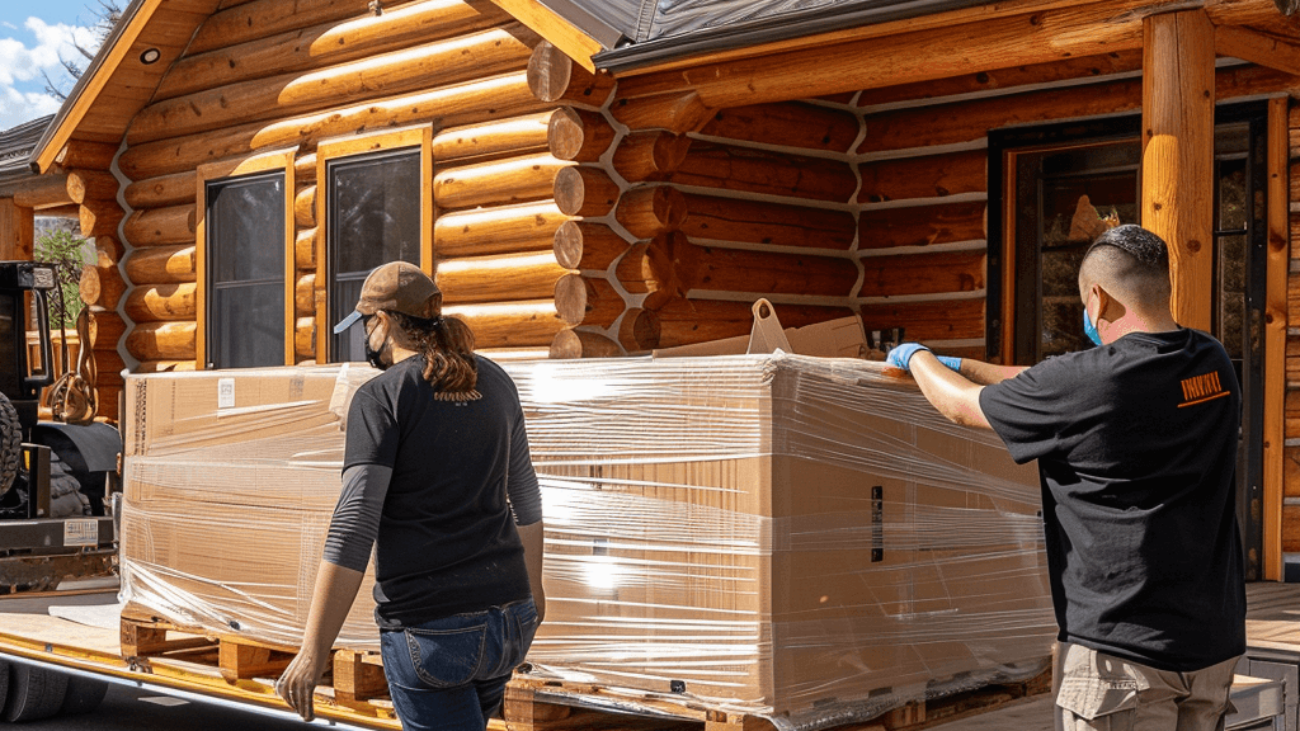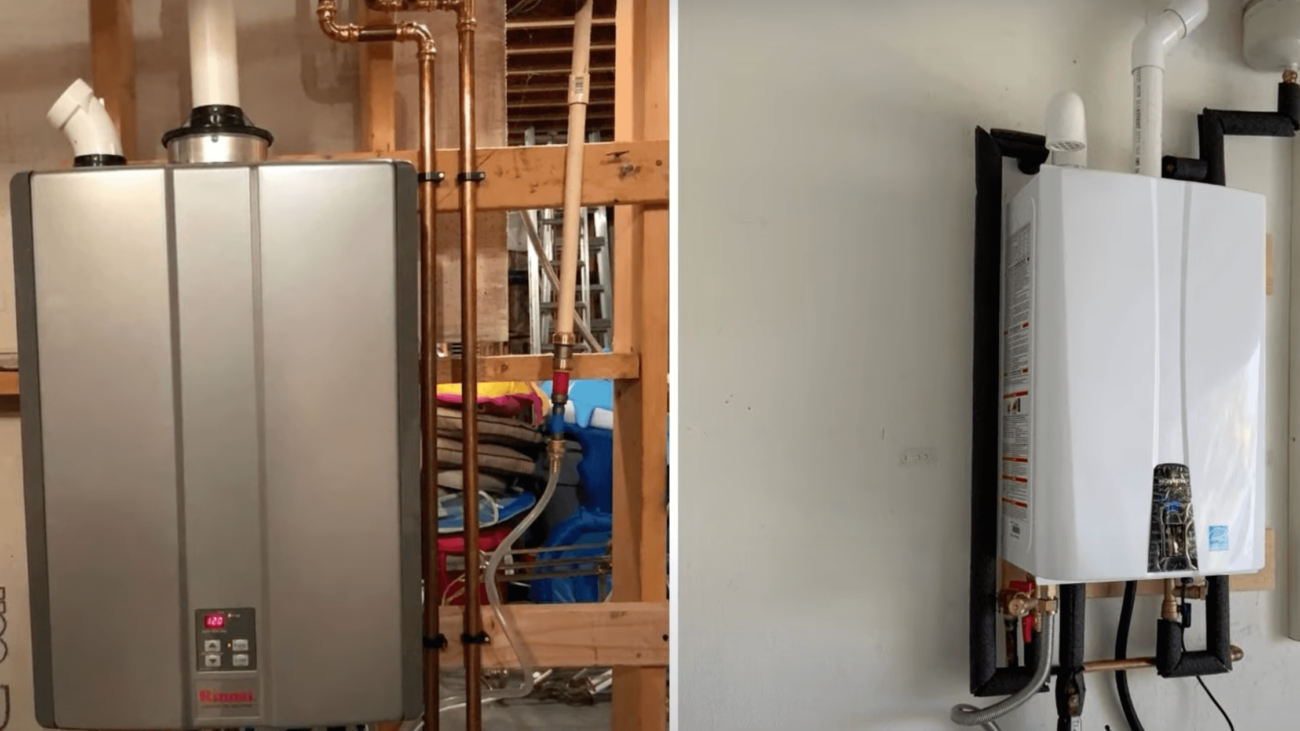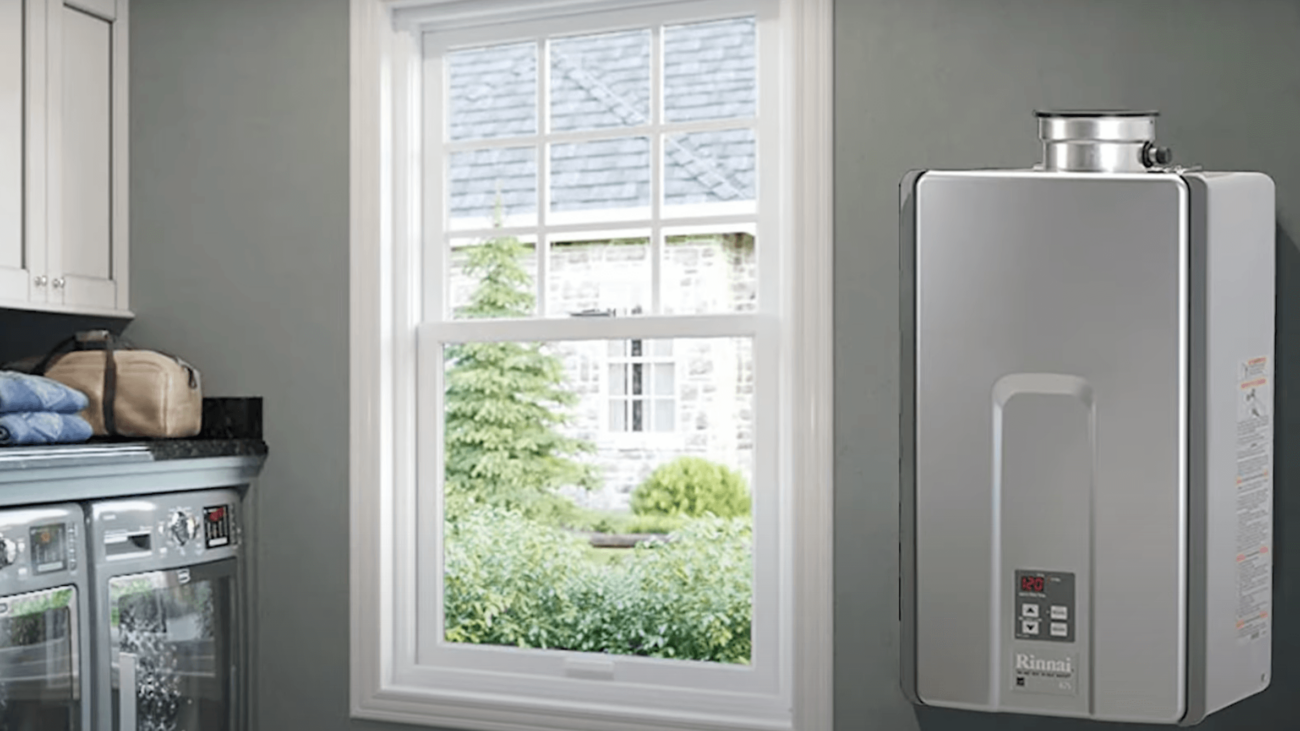Rinnai vs Noritz Tank-less Water Heaters
In the realm of modern home comfort, the choice between traditional water heaters and tank-less alternatives has never been more important. For their compact size, energy efficiency, and constant hot water supply, tank-less water heaters are popular. However, choosing a brand that fits your lifestyle can be difficult.
This article takes a closer look at tank-less water heaters, focusing on two prominent brands: Noritz vs Rinnai tank-less water heaters. Our goal is to provide you with well-informed choices that are tailored to your specific needs.
Join us in this in-depth exploration of Noritz and Rinnai tankless water heaters. By the end, you’ll have a clearer grasp of these brands, their strengths, and which one might be the perfect fit for your home.
Benefits of Tank-less Water Heaters
Upgrading your water heating system to a tank-less model comes with undeniable advantages that can transform your daily life and make your home more environmentally friendly. To better appreciate the comparison between Noritz and Rinnai, let’s first explore the key advantages of tank-less water heaters:
1. Energy Efficiency and Cost Savings
Tank-less water heaters are renowned for their energy efficiency. Unlike traditional tank-style heaters, they only heat water when needed, which means no standby energy loss. This not only reduces your energy bills but also minimizes your carbon footprint, making it an eco-friendly choice.
2. Space-Saving Advantages
The compact and wall-mounted design of tank-less heaters frees up valuable space in your home. Say goodbye to the bulky tank that takes up a whole corner of your utility room. With tank-less units, you can use that space for other purposes or enjoy a clutter-free environment.
3. Continuous Hot Water Supply
One of the best things about tank-less water heaters is their endless hot water supply. No more running out of hot water during long showers or back-to-back dish-washing. Tank-less systems heat water on-demand, ensuring you always have hot water when you need it.
4. Reduced Environmental Impact
Highly efficient tank-less water heaters contribute to the reduction of greenhouse gas emissions, fostering a more sustainable environment. This not only translates into cost savings but also reflects your commitment to conserving valuable energy resources and diminishing your ecological footprint.
These are just the starting advantages of tank-less water heaters, laying the foundation for our exploration of the specific benefits offered by Noritz and Rinnai tank-less water heaters. As we progress, we’ll take a closer look at how these brands harness these advantages to provide an improved hot water experience.
What Are the Main Differences Between Noritz and Rinnai?
Now that we’ve established the fundamental advantages of tank-less water heaters, it’s time to delve into the specific distinctions between Noritz and Rinnai. These two leading brands each bring their own unique strengths and features to the table, shaping your hot water experience in distinct ways. In this section, we’ll explore the main differences that set Noritz and Rinnai apart:
1. Product Range
In terms of product range, Noritz and Rinnai distinguish themselves significantly. Noritz offers versatility by catering to a wide spectrum of hot water needs, including small apartments, single-family homes, and even commercial applications. Their product line encompasses both condensing and non-condensing models with various heating capacities and sizes.
On the other hand, Rinnai makes its products work really well for certain needs. It offers point-of-use, whole-house, and condensing/non-condensing models to meet homeowners’ hot water needs.
2. Price Points
Regarding price points, Noritz is recognized for its budget-friendly approach in the tank-less water heater market. Their units deliver reliable performance without carrying a premium price tag, making them an attractive choice for homeowners with budget constraints.
In contrast, Rinnai typically offers premium features and innovative technology, which can result in a higher initial investment compared to Noritz. However, Rinnai’s advanced features and energy-saving capabilities have the potential to lead to long-term savings on energy bills.
3. Energy Efficiency
When it comes to energy efficiency, both Noritz and Rinnai excel. Noritz tank-less water heaters often exceed 90% efficiency, offering cost-effective and environmentally friendly solutions. Their condensing units capture and utilize heat from exhaust gases, maximizing efficiency.
Rinnai, too, is committed to energy efficiency, with their condensing models offering high efficiency and ultra-low NOx emissions. Rinnai’s units often utilize dual heat exchangers to extract as much heat as possible from flue gases, resulting in reduced energy consumption and lower operating costs.
Both brands place a strong emphasis on reducing energy consumption and providing environmentally responsible options for homeowners.
4. Warranty and Customer Support
In terms of warranty and customer support, Noritz and Rinnai both offer competitive packages. Noritz provides warranties that can extend up to 12 years, offering homeowners substantial coverage for their tank-less water heaters. Their customer support is responsive and helpful, ensuring that homeowners can promptly address any issues.
Rinnai, on the other hand, typically offers generous warranties, often covering both parts and labor, reflecting the brand’s confidence in the durability of its products.
Rinnai’s customer support is known for its professionalism and reliability. Both brands go the extra mile to provide customers with peace of mind and reliable assistance for their tankless water heaters.
Noritz vs Rinnai Ease of Installation and Maintenance
Water heater installation and maintenance affect system performance and experience. Not only is it convenient, but homeowners also care about water heater safety and efficiency. In this section, we’ll focus on Noritz and Rinnai, exploring their differences in terms of installation and maintenance and shedding light on important distinctions between the two brands in this crucial aspect.
Noritz, renowned for its user-friendly features, offers tank-less water heaters that can be more approachable for DIY enthusiasts. Some models come with straightforward installation procedures, simplifying the setup process.
This can be particularly attractive for those with a knack for plumbing and gas connections. Even though Noritz units can be installed DIY, professional installation is recommended for safety and compliance. Maintenance of Noritz units is also relatively hassle-free, with clear guidelines provided, making it easier for homeowners to keep their systems in optimal condition.
However, Rinnai recommends professional installation due to their complex technology. Although their units may be more intricate to install, they offer user-friendly features and clear installation guidelines.
The complexity of the technology can vary depending on the specific model, but professional installation ensures that your tank-less water heater operates safely and efficiently. Regular maintenance is essential for both brands to guarantee a long lifespan and optimal performance. Rinnai, with its reputation for providing detailed guidance to installers, makes the process smoother for professionals.
Therefore, while Noritz may appear more user-friendly for DIY enthusiasts, it’s crucial to highlight that safety and compliance should always be the top priorities. Professional installation is recommended for both Noritz and Rinnai to ensure that the tank-less water heater operates reliably and safely.
Regular maintenance is a shared requirement for homeowners, and both brands provide resources to assist in this aspect.
Noritz vs Rinnai Condensing Technology
Condensing technology is renowned for its ability to capture and effectively utilize heat from exhaust gases, resulting in a substantial increase in energy efficiency and a significant decrease in operating costs.
Delving further into our comparison, it’s crucial to examine how Noritz and Rinnai approach energy efficiency and performance concerning the condensing technology featured in their tank-less water heaters. Noritz and Rinnai both implement condensing technology, but there are some notable differences between how the two brands utilize this technology:
Noritz Condensing Technology
Noritz often employs a copper primary heat exchanger and a secondary stainless steel heat exchanger in their condensing units. This dual heat exchanger design is efficient at capturing heat from exhaust gases and transferring it to the incoming cold water, maximizing energy efficiency.
As mentioned, Noritz’s condensing units are known for their high energy efficiency, often exceeding 90%. This means they extract a significant amount of heat from the flue gases, resulting in lower energy bills and reduced environmental impact.
-
Energy Star Certification
Many Noritz condensing models are Energy Star certified, underscoring their commitment to energy efficiency and reduced greenhouse gas emissions.
Due to their high efficiency, Noritz condensing units can provide substantial cost savings over time, making them an attractive option for environmentally conscious homeowners and those looking to reduce energy expenses.
Rinnai Condensing Technology
Rinnai utilizes a dual heat exchanger system, combining a copper primary heat exchanger and a secondary stainless steel heat exchanger. This setup is designed to maximize the extraction of heat from flue gases, contributing to energy efficiency.
Rinnai’s condensing units are known for their ultra-low nitrogen oxide (NOx) emissions, which are better for the environment and can meet strict emission standards.
Rinnai tank-less water heaters with condensing technology are highly energy-efficient, resulting in lower operating costs and reduced energy consumption.
The dual heat exchanger design in Rinnai condensing units enhances their durability by preventing corrosion and prolonging the lifespan of the water heater.
Considerations for Your Unique Needs
Selecting the ideal tank-less water heater for your home is not a one-size-fits-all decision. To make the right choice between Noritz and Rinnai, it’s essential to consider your unique requirements and circumstances. Here are some key considerations that will guide you toward a tank-less water heater that aligns perfectly with your specific needs:
Understanding your household’s hot water demand is of utmost importance. Consider whether you reside in a small household with minimal concurrent hot water requirements or if you have multiple bathrooms and appliances operating simultaneously.
This awareness plays a pivotal role in selecting the appropriate water heater capacity. Additionally, determine if your hot water needs are concentrated in a single location, like a bathroom or kitchen, or if you necessitate a whole-house solution, contingent on your household size and the number of fixtures requiring hot water.
Lastly, take note of when your household experiences peak hot water demand. If you frequently encounter high-demand periods, such as during morning showers or dish-washing, it becomes imperative to opt for a tank-less water heater capable of handling these surges effectively.
-
Local Climate and Water Quality
Consider your geographical location and the local climate. In colder regions, where the incoming water can be particularly cold, it becomes vital to select a unit with a higher heating capacity to ensure a consistent hot water supply.
This is an area where both Noritz and Rinnai excel, offering models specifically designed for colder climates. Additionally, evaluating your water quality is crucial, as hard water can impact the longevity of your tank-less water heater.
If you face hard water conditions, it’s advisable to invest in a unit equipped with scale detection and prevention features. This investment can significantly extend the lifespan of your tank-less water heater, ensuring long-term reliability.
Your budget is a significant factor. Noritz is often the go-to option for those with financial constraints, offering cost-effective choices. On the other hand, Rinnai, with its premium features and cutting-edge technology, may warrant the initial investment for those seeking the latest advancements in hot water solutions.
While Noritz excels at providing cost-effective options, it’s important to weigh the long-term savings that come with energy-efficient units. Rinnai’s advanced technology has the potential to result in lower energy bills over time, ultimately offsetting the upfront costs. It’s also essential to include installation expenses in your budget calculations, along with any potential upgrades required for your gas or electrical system.
Proper installation is a critical factor in ensuring the performance and safety of your tank-less water heater.
Final Verdict
The choice between Noritz and Rinnai tank-less water heaters ultimately boils down to aligning the right technology with your unique requirements. Each brand brings a set of distinct advantages to the table, making them both strong contenders in the realm of tank-less water heaters.
Noritz shines with its budget-friendly options, appealing to those looking for cost-effective solutions without compromising on reliability. Their user-friendly features and extensive product range cater to various hot water demands, whether you’re running a small household or need a solution for a commercial application.
Noritz’s commitment to energy efficiency and environmentally responsible units is an added bonus, providing long-term savings and reduced environmental impact.
Rinnai, on the other hand, excels in offering advanced technology and premium features. While the initial investment may be higher, their tank-less water heaters often lead to significant long-term savings on energy bills.
Rinnai’s emphasis on user-friendliness, with mobile app connectivity and remote control, caters to tech-savvy users seeking convenience and control. Additionally, their ultra-low NOx emissions align with strict environmental standards, making Rinnai an excellent choice for those who prioritize eco-friendliness.
Your needs, budget, and willingness to invest in advanced features determine whether you choose Noritz or Rinnai. By considering the factors in this guide, you can choose a reliable and energy-efficient tank-less water heater from both brands to ensure a steady supply of hot water in your home.










